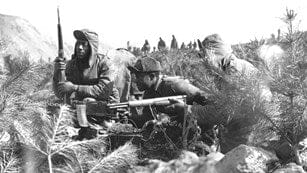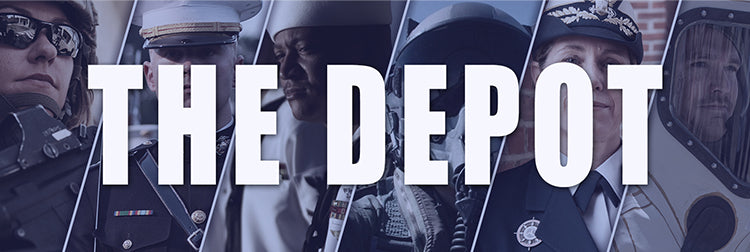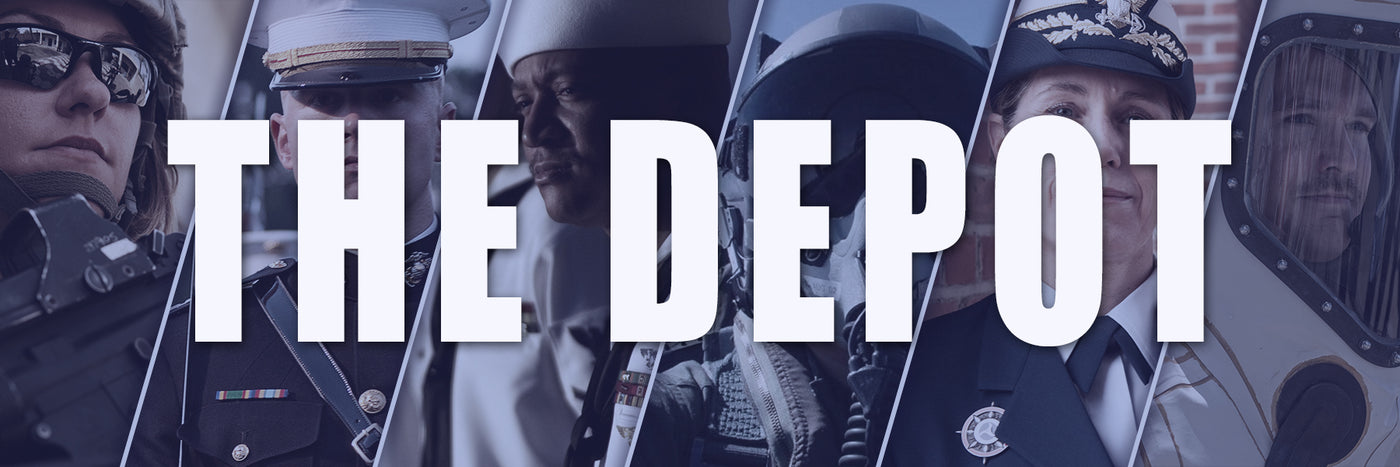
Who Were The Buffalo Soldiers? 5 Things to Know
The Buffalo Soldiers were a part of Army units created from legislation passed in 1866 not long after the end of the Civil War. The U.S. Congress enacted the Army...
Blog Staff |
ARMED FORCES SUPER STORE 1-877-653-9577 | 8 - 7 CST MON-FRI



The Buffalo Soldiers were a part of Army units created from legislation passed in 1866 not long after the end of the Civil War. The U.S. Congress enacted the Army...
Blog Staff |

Not long after the Civil War ended, and units like the 54th Massachusetts Regiment were disbanded, Congress passed the Army Reorganization Act in 1866 which doubled the size of the U.S....
Blog Staff |